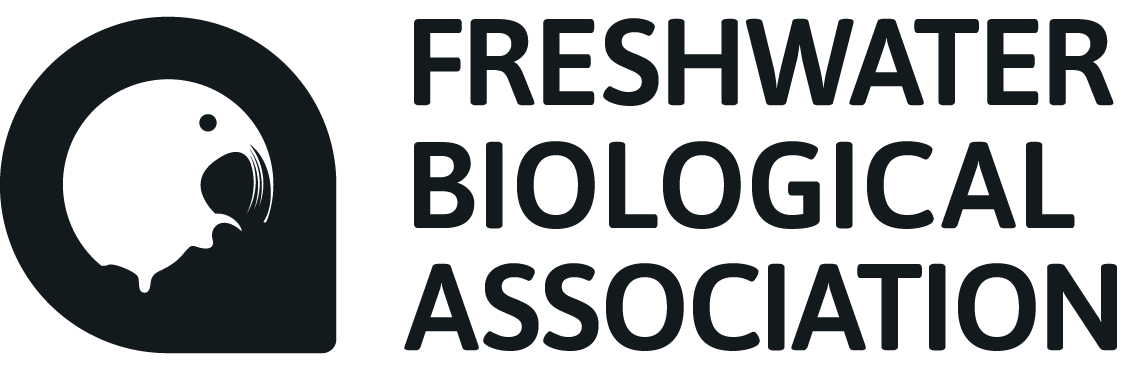
Big Windermere Survey - June 2022 Results
We are delighted to share the results of our first Big Windermere Survey, which provides an intensive snapshot of water quality within the Leven catchment on one day. Water samples were collected by volunteers from 93 sites throughout the Leven catchment, including from Grasmere, Rydal Water, Blelham Tarn, Esthwaite Water, Ghyll Head reservoir, Windermere and a number of key inflow streams for Windermere. All samples were taken between approximately 10 am and 2 pm on Sunday 26th June 2022.
Samples were analysed for a range of water quality parameters within research laboratories at Lancaster University and bacterial analysis was completed at externally-accredited laboratories following standard protocols. The data are all open access and available to view on a map via Cartographer. We have also created a briefing note, which you can download below, to explain in more detail the limitations of these initial results, and what they tell us about the water quality and bacteriology of Windermere on this sampling occasion.
We have presented the water quality results in the context of EU Water Framework classifications and the bacteria data in the context of the EU Bathing Waters Directive classifications. However, classification of water quality against standards requires long term datasets, comprised of multiple samples taken from each location to capture variation in water quality, such as between seasons. Therefore, we cannot use data from this first survey to classify the status of water bodies in the catchment in the same way as reported by organisations such as the Environment Agency. Instead, water quality standards are used to provide context for the results. As future surveys generate additional data, we will be able to undertake more accurate classification of water bodies in the Leven catchment against water quality standards.
Click to read our Summary Report, see the full dataset on Cartographer and browse the collection of easy-to-use maps for phosphorus, E. coli and Enterococci.
